|
As businesses begin re-opening and more people are returning to work, it is good to know that OSHA has an understanding that some companies may have had difficulty complying with OSHA standards during the Pandemic shut-down.
OSHA published a Memorandum entitled, “Discretion in Enforcement when Considering an Employer's Good Faith Efforts During the Coronavirus Disease 2019 (COVID-19) Pandemic.” Even though this OSHA Memorandum was published in April, it is worth taking another look at it. The Memorandum explains that OSHA understands that COVID pandemic has created a lot of new and unusual situations to deal with at work, and that many factors have affected our businesses over the past several months that have hindered our ability to comply with OSHA standards, such as: 1) employees not showing up for work so they miss training sessions; 2) consultants not able to travel to your facility to perform an audit; 3) regularly scheduled testing was suspended to prevent the spread of COVID-19; and the list goes on. Not a Free Ride So, OSHA gets it and they are trying to take into consideration these hardships when it comes to your compliance or lack thereof. Now that COVID-19 cases are decreasing in some geographic areas, OSHA is returning to their original inspection planning policy for prioritizing and performing inspections. That should come as no surprise. The Inspectors are returning to their jobs too. But under the circumstances, and per the Memorandum, OSHA will be “Considering Good Faith Efforts” made to get work done and stay in compliance with OSHA regulatory requirements during pandemic. But, it is not a “Free Ride.” You don’t automatically pass Go and receive a pardon, so to speak. Instead, there are 3 stipulations to consider:
Let’s break this down. Annual or Recurring Requirements: In its memorandum, OSHA provides several examples in an Annex of types of situations where discretion can be applied. You can read the details for yourself here, but they include annual audiograms, annual HAZWOPER training, annual fit testing and Process Safety Management requirements. Good Faith Effort: Inspectors will be evaluating whether you have made a “Good Faith Effort” to comply with OSHA standards applicable to your site. What interim measures might have been employed if full measures could not be implemented to ensure employees are not exposed to hazards for which they were not trained? They will be asking you to demonstrate that you “thoroughly explored all options to comply with applicable standard”. For example, did you determine whether you could employ virtual or remote communication strategies to conduct training instead of holding in-classroom training. Demonstrate the “Good Faith Effort” to comply: This means you need documentation that demonstrates you made the effort. That could include letters (or emails) showing that a consultant has closed, a memo-to-file explaining your situation and how compliance could not be met because of pandemic-related circumstances. If you cannot demonstrate your effort to comply, the memorandum says that “a citation may be issued” according to current OSHA enforcement policy. And, if a citation is issued, OSHA may return to conduct a monitoring inspection. Summary OSHA will be using enforcement discretion on whether or not to issue a citation to those companies that can demonstrate that they were working in Good Faith to comply with OSHA’s periodic requirements, but the COVID-19 pandemic played a significant role in preventing their compliance. As always, it is best to be prepared with solid documentation, than it is to risk being cited when OSHA shows up at your door.
0 Comments
It is that time of year. The “Dog Days of Summer.” In many areas of the Midwest it is expected to be hot and humid. Workers young and old are being exposed to heat and humidity but may not yet be acclimated. Let’s review some important principles of heat exposure and the signs and symptoms of heat exhaustion and heat stroke. Signs, Symptoms & First Aid The first thing to know is how to recognize the signs and symptoms of heat cramps, heat exhaustion and heat stroke.
Heat Stress Regulations & Guidance There are no specific regulations for heat stress, but MIOSHA, OSHA, ACGIH, NIOSH and NOAA all have guidance and information to educate employers on how to keep workers safe from heat induced illnesses. A good place to start is the Heat Index published by NOAA. Heat Index: The heat index is the “feels like” temperature we hear from the local weather station and it incorporates both temperature and humidity. The higher the heat index the hotter it will feel and the greater the risk of workers experiencing heat-related illness. The index is broken into four levels of risk: Caution; Extreme Caution; Danger and Extreme Danger. Humidity Matters
Relative humidity is the amount of moisture in the air. The higher the humidity the harder it is for the body to cool itself through evaporation of sweat resulting in the air temperature feeling hotter. Contrary to that, very low humidity can also cause problems if our sweat evaporates too quickly causing dehydration if a person does not drink enough water. An important side-note about the NOAA heat index is that the values were developed for shady, light wind conditions. This is a critical consideration because exposure to full sun can increase heat index values by up to 15 degrees F. As a result, solar load needs to be considered when developing protective measures for a particular job or work site. ACGIH Threshold Limit Value In the back of the ACGIH TLV and BEI booklet is a Thermal Stress section that includes heat stress and strain guidelines. The section includes a decision tree, the use of Wet-Bulb Globe Temperature, clothing adjustments and other criteria to provide a TLV and action level for planning purposes to avoid heat strain. The section also includes warnings about the TLV being based on the ability of most healthy people who are also acclimatized. The TLV does not apply to people with prior heat stroke, heat exhaustion, cardiac or kidney problems, pregnancy, obesity or older workers, among others. Heat-Related Illness Prevention Plan Whether you are looking at ACGIH, OSHA or other heat stress guidance, having a plan for a particular job or job site that will be proactive in protecting workers is a plus. Depending on the environmental conditions, acclimation of workers and their overall health, some plan elements are as follows:
The following links have some helpful information for developing and implementing a Heat-Related Illness Prevention Plan, including an OSHA-NIOSH Heat Safety app downloadable to a cell phone: The corona virus that leads to the illness COVID-19 has impacted all of us and according to the National Institutes of Health, it "is an emerging, rapidly evolving situation." So we at Schneider Risk Management (SRM) have pulled together links and information about how to protect your business and employees during this global pandemic.
Recording Reportable Injuries and Illnesses has always been challenging, and today we are once again faced with a new challenge called COVID-19. OSHA has posted some information on its web page to help employers with the recordable illness question. OSHA recordkeeping requirements at 29 CFR Part 1904 mandate covered employers record certain work-related injuries and illnesses on their OSHA 300 log.
This guidance is found at the following OSHA.gov link, in a blue box along the right side of the page. You can also visit OSHA’s Injury and Illness Recordkeeping and Reporting Requirements page for more information. 2155 W. Sherman Boulevard
Muskegon, Michigan 49441 (231) 288-1076 As EHS professionals, many of us have been asked to work from home. Our jobs are essential even vital to the work that is done, but they are not necessarily critical to getting the product made. In other words, we don’t have to be on the front line creating the product. We are not at the press making sure the product is made correctly or operating an ammonia system to ensure that it functions properly. Of course, I’m making an assumption here, that you are not able to do some or most of your regular duties at the plant and have been asked to work from home. To quote the Talking Heads, “You might ask yourself,” What should I be doing during this time away from the plant? How can I be most useful? What needs some long overdue attention? How can I stay in contact with and support the production supervisors concerning routine and COVID-19 safety concerns and questions? Well, here are a couple of ideas.
chatting with them as often as you can. Talk about accidents, die changes, preventative maintenance and other challenges through face-to-face via video conferencing. Using these systems takes a little getting used to but once everybody gets the hang of it, video-conferencing is a powerful tool in your communication arsenal. Depending on your computer platform, phone OS, etc. Facetime, Skype, Zoom, Microsoft Teams and other options are available to you. Review, Revise and Update Safety and Environmental Plans and Procedures Haz Com Plan, LOTO Program, BBP Exposure Control Plan, Emergency Action Plan, the list goes on. It is always a challenge to get these documents read and updated annually or every two years to make sure that contact and lead personnel information is current, emergency equipment lists are still accurate, and procedures still make sense for today’s operations. So this new situation may be a good opportunity to take a good solid look at your existing plans. Does it read well? Is it understandable? Or do you need to have someone take a red pen to it so it is easier to read and understand? Now may also be a great opportunity to streamline and combine plans where you can. For example, required storm water management plans (SWPPP) and oil spill prevention plans (SPCC) tend to have allot of overlapping requirements. Why not combine the two and operate under one plan instead of two? It just might be easier to manage. If you have a hazardous waste contingency plan, maybe you can combine it with your emergency action plan (EAP). Again, lots of overlap between the two plans. When you are doing this, It is also a good opportunity to contact the supervisors and managers and get their input over a video chat. They’ll appreciate it and you won’t be working in a vacuum. Dust off the Emergency Response Plan (ERP) Speaking of emergency plans, one such plan that always needs personal attention is the EAP or Emergency Response Plan (ERP), depending on where you fall in the regulations. Most of the time we don’t need to use these plans, which is wonderful. But, when we do need to use them, they need to accurate. Contact information must be up-to-date. Procedures must be appropriate. People need to know what they should do. These plans minimize problems, prevent issues from becoming catastrophes, and most importantly, they keep people safe. When was the last time you reviewed your facility’s ERP / EAP? Emergency response plans and/or procedures (ERP, EAP, Hazardous Waste Contingency plan) are required by a number of regulations:
Typically, plans must be in writing, kept in the workplace, and must be available to employees for review. Other significant requirements include:
It is also important to note that the EAP is supposed to cover the entire facility even when there is a certain plant operation that requires special attention. For example, ammonia refrigeration facilities are covered by the PSM Standard and therefore are required to address emergency planning and response (29 CFR 1910.119(n)). This includes, “an emergency action plan for the entire plant,” not just the ammonia system. Sometimes we see companies prepare a ERP for the ammonia system and an EAP for the rest of the plant. The problem here is that you now have two separate plans to maintain and there should only be one for the whole facility. In addition, OSHA says that EAPs must be reviewed with employees when the plan is developed, or when an employee’s responsibilities change or when the plan changes. But it doesn’t say how often the Plan itself must be reviewed. Now might be a perfect time.
The OSHA and MIOSHA websites have an abundance of information as well as eLearning materials. The National Safety Council (NSC) and the American Society of Safety Professionals (ASSP) also have online classes available. Of course, there is also learning by traditional methods such as reading a book. Regulatory Links Here are some helpful links to help you in your EAP/ERP review and continuing education:
Learning Links:
(231) 288-1076
2155 W. Sherman Blvd. Muskegon, Michigan 49441 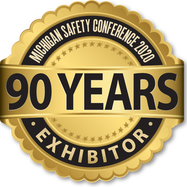 Unfortunately, the 2020 MSC has been cancelled due to COVID-19. Normally, the MSC is a great opportunity to collect great infrormation, expand your network and reconnect with friends. We often gather great information that helps us improve our EHS programs. We hope everyone has patience, follows the Michigan and federal guidelines, and joins in preventing the spread of the disease. Check out our article on COVID-19 on our web page or on Facebook. Hope to see you all next year! 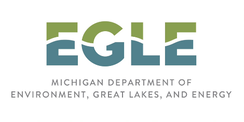 Believe it or not, Michigan is in the process of adopting the federal Hazardous waste Generator Improvement Rule (GIR) sometime this Spring. Now I know what you’re thinking, Trump was supposed to get rid of all those pesky hazardous waste rules. Well, he is still working on that, but in the meantime the Michigan legislature is doing something that makes sense for the hazardous waste management community. The GIR became effective (as far as the feds go) back in May 30, 2017. EGLE is off the hook for adopting the rule until the Michigan legislature adopts the rule which is currently in the works. No, we still don’t have an effective date for Michigan’s version of the rules, but it is hoped that EGLE will know in the next few months. This final rule includes over 60 changes to the GIR regulations that clarify existing requirements, increase flexibility, and improve environmental protection. Some changes reorganize the regulations or make minor technical corrections. Here are some of the highlights: Episodic Waste Events: Allowing a very small quantity generator (VSQG, formerly CESQG) or a small quantity generator (SQG) to maintain its existing generator category in the case of an event in which the VSQG or SQG generates a quantity of hazardous waste in a calendar month that would otherwise bump them into a more stringent generator regulatory category. We have worked with clients as they wrestled with the old rule after they performed a cleanup, plant maintenance, found obsolescent chemicals on their premises, or they made changes to operations that left them with a large amount of chemicals they no longer needed and it threw them over the limits. Allowing episodic waste events will be a welcome change. Waste Co-Mingling: This rule provides some cost savings to companies by allowing a VSQG to send its hazardous waste to a sister company (with the same owner/operator) so that it can be consolidated with the larger facility’s waste streams and then be sent to a TSDF. Emergency Response Plan Notifications: The rule includes Local Emergency Planning Committees among those organizations with which a generator may make response arrangements. Quick Reference Guides: The GIR requires that new and existing LQGs submit quick reference guides to local emergency responders. The quick reference guides are intended to provide easy access to key information during an event. SQG Re-Notification: SQGs will be required re-notify EGLE every four years regarding their generator status. Currently, SQGs only notify once under the current system. Labeling and Marking Containers: GIR revises the regulations for the labeling and marking of containers and tanks so that these labels and markings clearly indicate the hazards of the waste contained inside the container. Keep up on the latest regarding GIR by checking out the EGLE GIR web page. We’ll also keep an eye on it and report back in future newsletters.
Stopping the spread of the virus is the only effective method we have of preventing more infections. Current prevention recommendations have included washing hands more often, cleaning contaminated surfaces and staying away from large gatherings. In response, trade shows and sporting events have been cancelled and churches and theatres are closing their doors for a week or two and are adopting a wait-and-see attitude. Universities and K-12 have extended spring break and cancelled on-campus classes and are moving to online learning until things improve. Recently, even bars and restaurants are being asked to restrict customers or only provide carryout. In the meantime, EHS professionals and HR departments should be following the recommendations from their local and state officials and from OSHA and MDHHS. Those recommendations are aimed at “flattening the Curve” (curve of infection) which means slowing the spread of infection to avoid overwhelming the healthcare system. See this article from the University of Michigan. So, the current infection curve for the COVID-19, that is the number of people becoming infected, is exhibiting an exponential increase. So, as time goes on, we see an increasing number of infected people at an increasing rate. The infection rate topic is illustrated in a Washington Post article that shows a simulated virus in some random, simulated settings. It’s all based on computer models, but it illustrates the point about spreading of infection. If we self-quarantine ourselves (within reason), even for a short while, we help slow down the spread of the disease. Agency Guidelines OSHA’s guideline 3990 can be found at this OSHA link. This guide provides lots of information about COVID-19 and recommendations for you to consider for inclusion in your Infectious Disease Preparedness and Response Plan (IDRP). Some topics you will find interesting include:
The MDHHS has Interim Guidelines for a variety of workplace, school, church and social settings. They include:
The bottom line for managing this disease is to be COVID-Wise, be prepared, avoid exposure and don’t spread it yourself. As always, arm yourself with knowledge. Keep up to date on the latest recommendations from your state and local officials. Here are some other good COVID-19 sources of information to share with your executives and workers: OSHA COVID-19 Web Page Center for Disease Control - COVID-19 Page MDHHS COVID-19 Web Page |
|



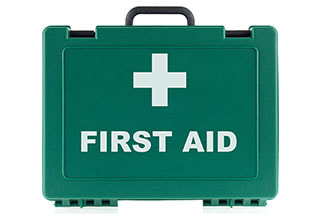
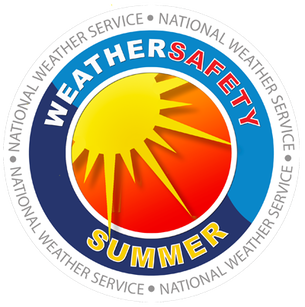
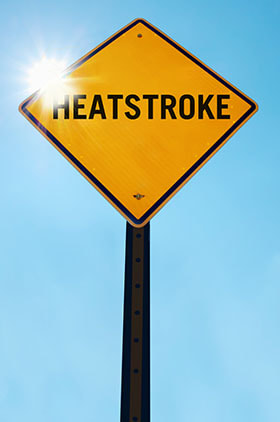
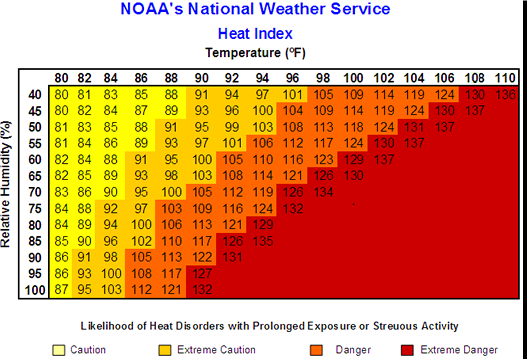
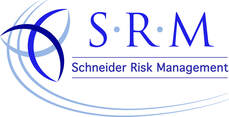
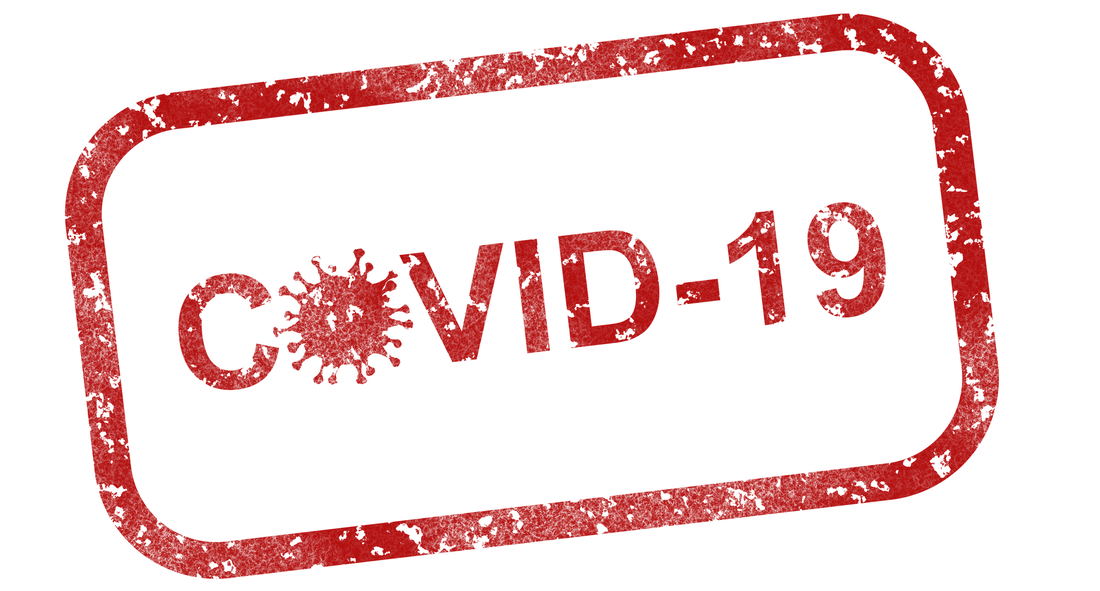
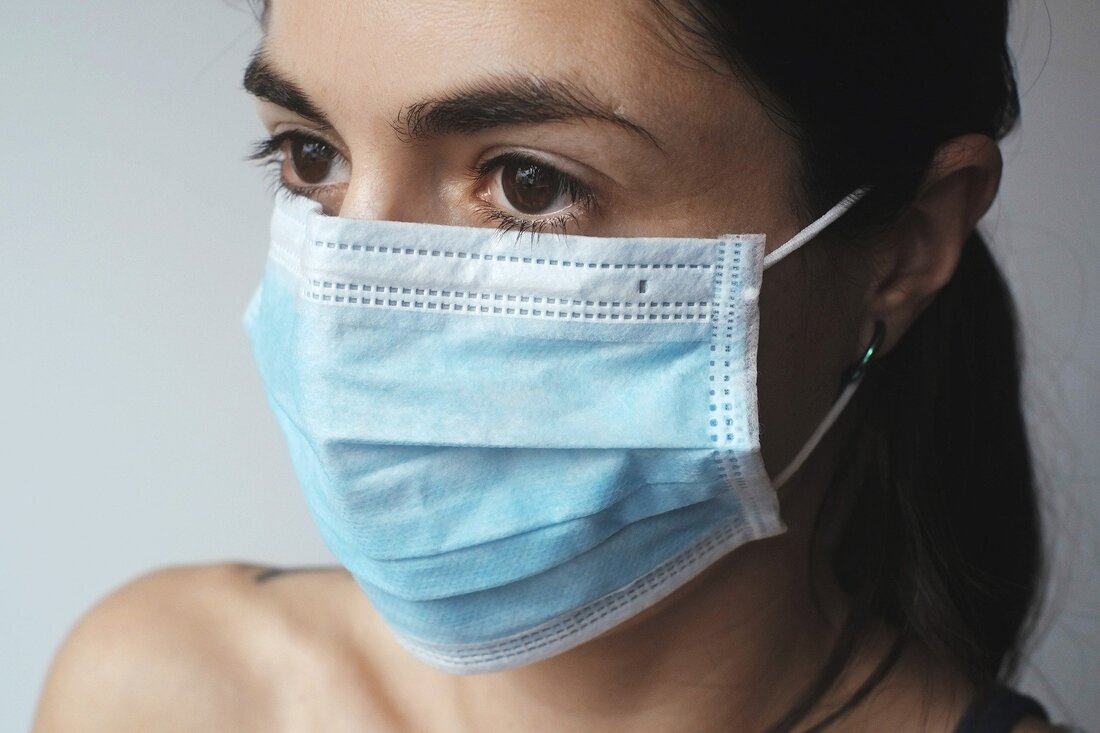

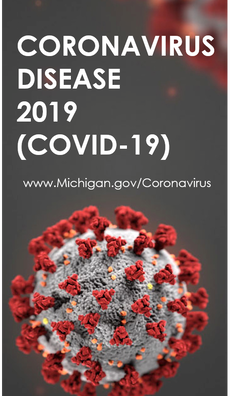
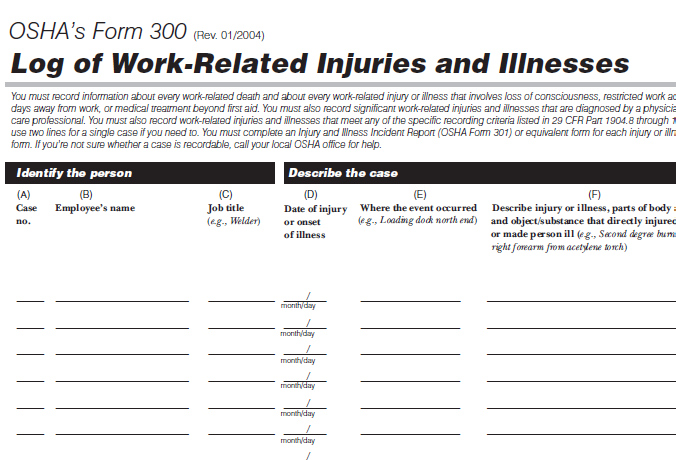
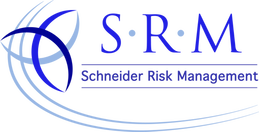


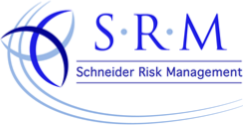
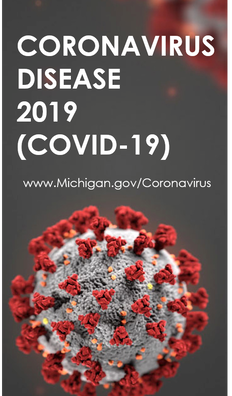
 RSS Feed
RSS Feed
